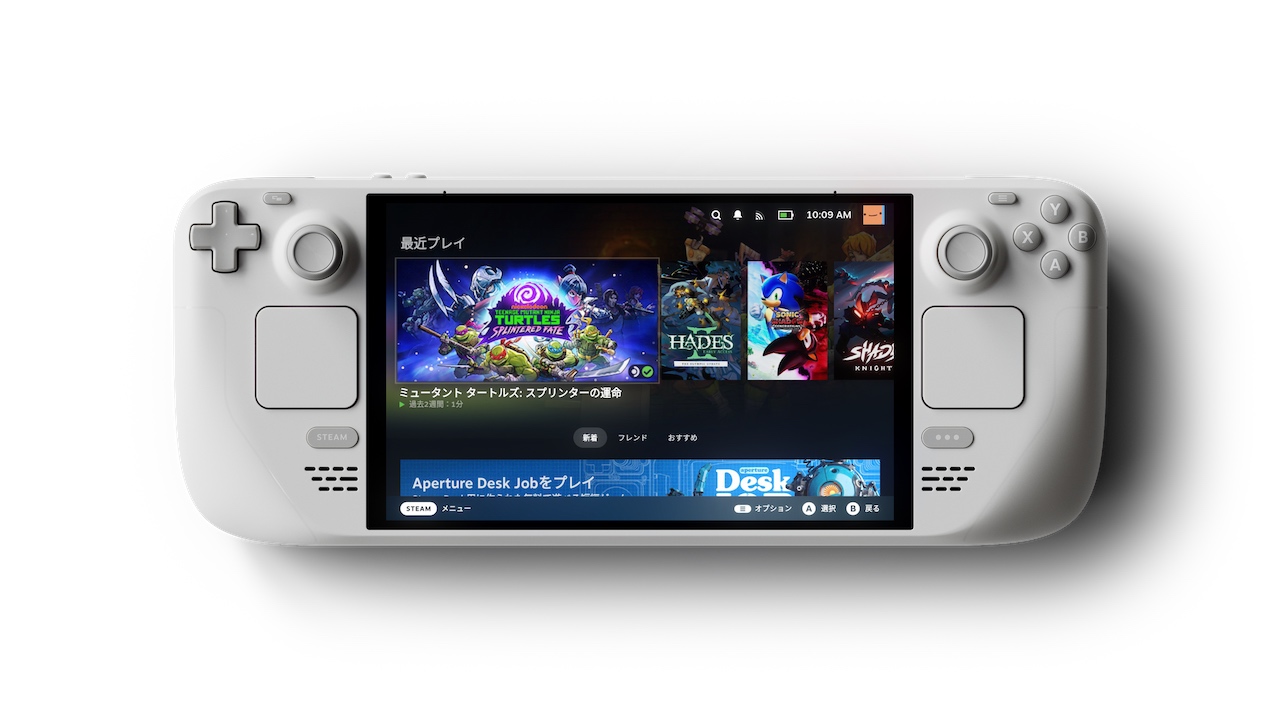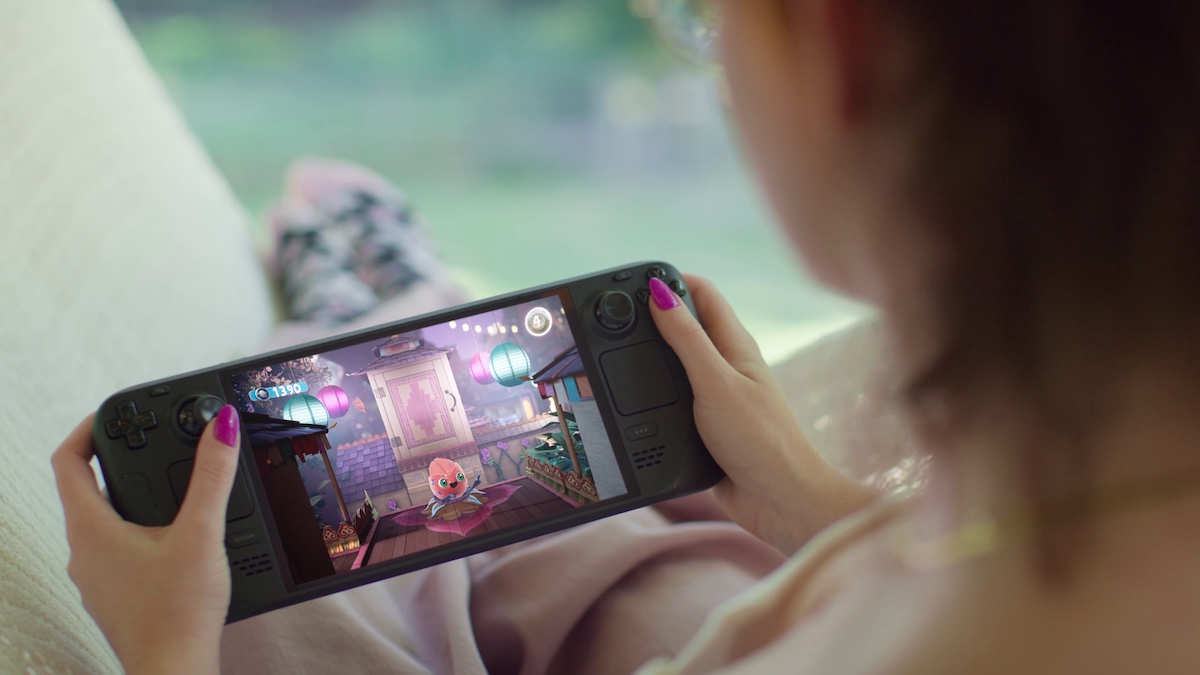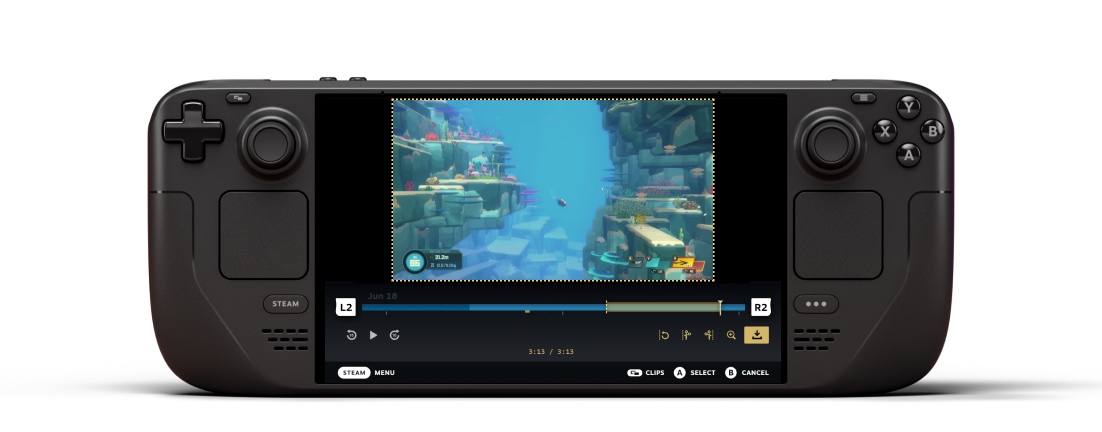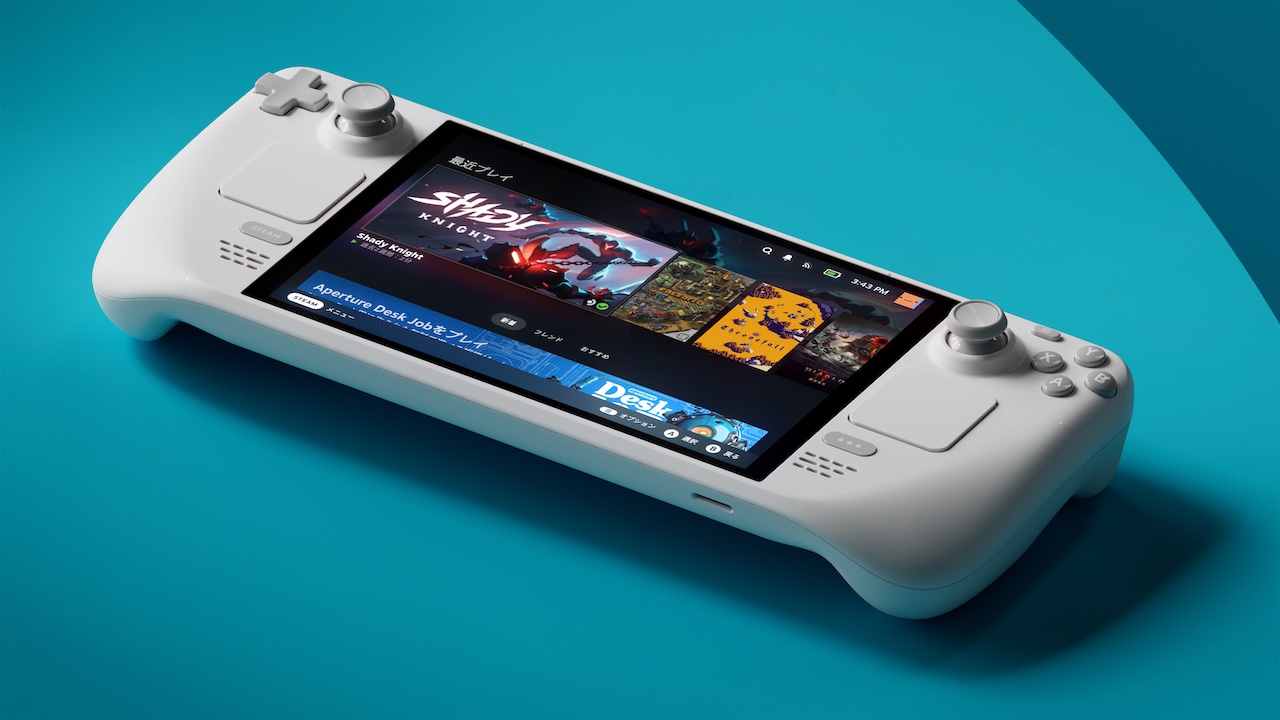Following their nostalgia-inducing smoky translucent variant of the Steam Deck, Valve has announced a new white-colored limited-edition Steam Deck OLED set to launch on November 18. This time, the new edition will be releasing everywhere the Steam Deck currently ships, not only in the US and Canada. It has all the same specs as the Steam Deck OLED 1TB model.
Prior to the announcement, AUTOMATON had the opportunity to interview Lawrence Yang, a designer on Valve’s Steam Deck development team, and programmer Pierre-Loup Griffais. We asked them about the current state of Steam Deck, as well as what it has in store for the future.

──You’ve announced that the Steam Deck OLED: Limited Edition White will be released simultaneously worldwide, unlike the previous limited-edition variant (Smoky Translucent). Can you tell us about this decision? Also, why did you decide to release a White version? Is there a possibility that more color variations will be released in the future?
Lawrence Yang:
The smoky translucent limited edition was an experiment to see if customers would be interested in an alternate Steam Deck colorway. The answer turned out to be yes, so we are expanding the experiment worldwide to see if the same interest is true for all of our shipping regions. If we see similar interest, we would definitely be interested in looking into other color variations in the future.
──It’s been about two and a half years since the Steam Deck was launched. What kind of goals did Valve set for it initially, and how well do you think you’ve achieved them?
Lawrence Yang:
Our main goal with Steam Deck is to make customers happy by giving them more ways and places to play their Steam library. Given Steam Deck’s widespread success, we believe we’ve achieved this goal. We also look at other companies coming out with similar devices and see this as a mark of success – our hope with Steam Deck was that this would create a new category of devices (PC handhelds) and that has definitely happened. But we’re not done yet – the team is continuing to work on improving Steam Deck with software updates, as well as future (unannounced) hardware plans.
Pierre-Loup Griffais:
We’ve also seen game developers turn their attention to this category of devices and spend some time to tune the experience for it, either prior to release or as post-release updates to existing titles. With minimal amounts of work, they are able to make performance, user experience, and accessibility tweaks that not only benefit the experience on Steam Deck, but also on a wide variety of diverse PC gaming setups out there.
──Is the number of users who name Steam Deck as their only PC gaming device increasing? In Japan, there are many young people who don’t own a PC. Do you feel that Steam Deck is becoming an option for such people, not just in Japan?
Lawrence Yang:
We’ve definitely heard from some customers that Steam Deck is their first and only PC gaming device. We believe that with Steam Deck’s console-like user experience, and all-in-one hardware + operating system + software package, we’ve taken the guesswork out of PC gaming. Customers don’t have to worry about updating drivers or learn how to build or modify a PC.

──Have you noticed an acceleration in Steam Deck sales following the release of particular games? If so, can you name some of them?
Lawrence Yang:
We don’t have specific examples of games that accelerated Steam Deck sales, but we have seen that there are many games that have an outsized Steam Deck audience. Prince of Persia: The Lost Crown, UFO 50, The Plucky Squire, Kingdom Hearts HD 1.5 + 2.5 ReMix, and Deep Rock Galactic: Survivor, are just a few examples of the games where Steam Deck players represent 10-20% of all playtime on Steam in the past month.
──It seems like more and more developers are actively working to make their games compatible with Steam Deck. Of the games released since the Steam Deck’s launch, roughly what percentage have been Verified or Playable through your review?
Lawrence Yang:
We don’t have the complete numbers handy, but I just did a quick look at the last week of reports submitted, and over 95% of the titles tested were Playable or Verified.
──Some online multiplayer games, including some of the most popular games on Steam, are not compatible with Steam Deck due to anti-cheat technologies they use. I think this has been an issue since the launch of Steam Deck. Is there anything being done to address it? Have you made any progress so far?
Lawrence Yang:
We have done work and partnered with Easy Anti-Cheat and BattlEye to make it easy for developers to enable support for Steam Deck (ELDEN RING, for instance, uses Easy Anti-Cheat, and is one of the most popular games on Deck).
Pierre-Loup Griffais:
We have been monitoring the trend of games requiring kernel-level access for their anti-cheat technologies and not supporting Steam Deck as a result. We are extremely aware of the critical need for countermeasures against cheating in online games, but are also considering options carefully. Some of the approaches popular now in the industry might present problematic trade-offs for the end-user in the longer term.

──You are currently beta testing the Game Recording feature on Steam, which will be a major addition to Steam Deck. What kind of requests have you received from Steam Deck users regarding the addition of features through OS updates, regardless of whether or not they will be realized in the future? Also, what is Valve’s vision for the future on this topic?
Pierre-Loup Griffais:
We’re always looking for feedback from all Steam users. When major features like Game Recording are being rolled out, they benefit the Steam audience across all kinds of PC gaming devices, in addition to being a great experience on Deck. We don’t have specific examples of requests, but I can say we will continue to follow this model in the future when releasing new Steam features.
The Steam Deck OLED: Limited Edition White is scheduled to launch on November 18.





